Intermediate control for beginner money?
Hercules is well known for its range of budget-friendly DJ products, but the vast majority of its controllers have been exclusive to DJuiced. Djuiced is a homegrown software, that although powerful, limits DJ’s to using Hercules products. The DJControl Starlight turned heads when it released for Serato, packing more of a punch than many of its more expensive rivals. Now Hercules is back with a brand new Serato controller, the Inpulse 500. This entry-level model aims to bridge the gap between entry-level and profession controllers.
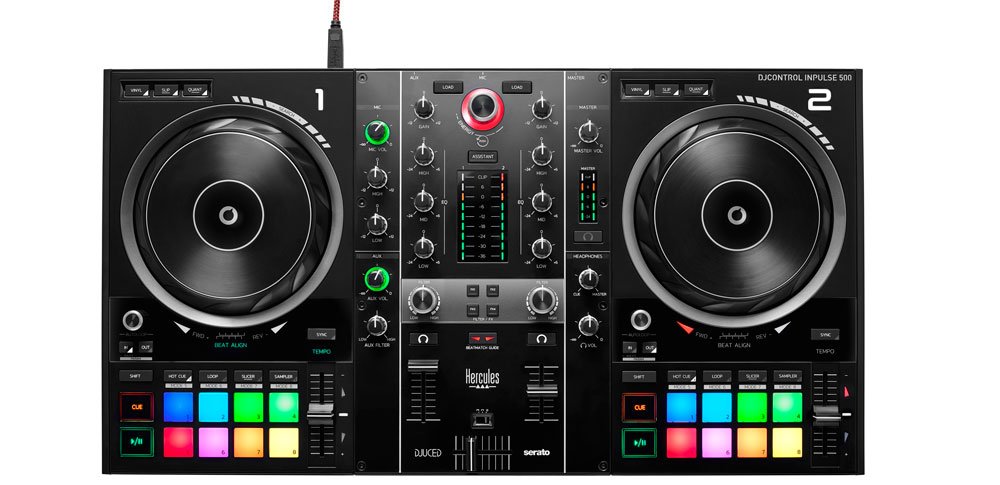
The Build
The new Hercules DJControl Inpulse 500 is a large entry-level controller. Measuring in at 54 centimetres wide, the Hercules features a full plastic chassis. The width helps set the Hercules apart from other beginner controllers with only the latest Numark Platinum FX models being as large.
Just like the Numark, the larger space has allowed for a more spaced out layout. The layout, paired with the great rubber-coated buttons have helped create a premium feeling for what is still quite a cheap controller. The addition of a metal faceplate on the mixer improves both the image and durability of the controller.

Unique to the Inpulse 500 are four hidden feet within the chassis. These feet, when extended, raise the Inpulse 500 to the same height as most stand-alone mixers, just over 3 inches. This height increase not only feels surprisingly robust but gives the impression of a far more expensive piece of hardware. Ideal for DJ’s taking the controller to gigs with external mixers, it’s another example of how the Inpulse 500 can be a controller that DJ’s progress into their first gigs with.
The Decks
Sitting at the centre of each deck is a 5.5″ inch capacitive jog wheel. These touch-sensitive units have a great feeling to them with smooth bearings and a textured top to help with grip. The button to toggle the vinyl mode is found in the top left of both decks with dedicated controls for slip and quantize either side.
It’s worth noting that Quantize and Slip are features only accessible in DJuiced and not in Serato DJ Lite. Serato users will need to pay for Serato DJ Pro before enabling the use of these buttons. The eight RGB pads found at the bottom of the decks sadly suffer the same fate. Although Serato DJ Lite works well with this controller, it shines when used with Serato DJ Pro or Djuiced.
The Cue and Play buttons are made from a firm plastic, breaking away from the soft rubber buttons found on the rest of the controller. This is a smart move and gives excellent feedback to the user. Finally, the pitch fader is a small yet accurate affair. We would have preferred a long throw, but given the design and layout of the unit, it works well enough.
Performance Pads
The RGB pads feature Hot Cue, Loop, Slicer and Sampler mode buttons upon the top. However depending on which software you pair the controller with, the actual function may vary. The pads feel nice under finger with soft materials being used with a click button at the bottom of the travel, responsive even when pressed in the far corners.
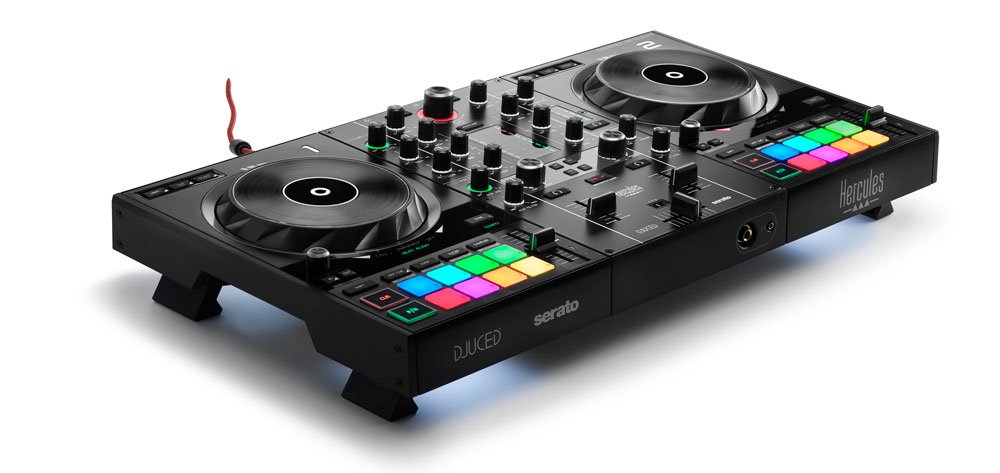
Having RGB lighting on the pads is a brilliant feature not often seen on a controller of this price point. However, due to the fact the controller is USB Bus-powered, these are sadly very dim. Although not a unique issue, with the Traktor S4 sharing the same problem. It does make us question whether Hercules should have considered bundling an external power supply.
The Mixer
The Inpulse 500 features a mixer broken into three clear sections. Each section is dedicated to a task, with the left being for inputs. The centre managing the faders and finally the right controlling outputs. The mixers physical ports all line up with clear text on the top of the controller, again helping beginners set up easily.
Inputs
Beginner controllers usually feature no inputs or at best a microphone that’s not routed through the mixer at all. The Inpulse 500, however, features a balanced TRS microphone input, a 3.5mm TRRS auxiliary input and finally a stereo line-level input. The microphone includes a dedicated trim control with LED ring lighting for level monitoring and dedicated two-band EQ.
The Auxiliary input features not only two input methods but also a dedicated trim control with LED ring lighting for level monitoring and hardware High/Low pass filter. These inputs mix in external instruments, decks or iPods with minimal fuss—a first for any entry-level controller.
Faders and EQ
Sitting at the top of the two-channel mixer is the browse control with dedicated load buttons for both decks. This knob also features an LED ring light that illuminates for the beat match guide in Serato and the assistant in Djuiced. Below the browse knob is the dedicated assistant button for Djuiced, pressing this button in Serato enables the AutoMix feature.
The middle of the mixer features a large VU meter with 9 LED’s to display the output levels of each channel. More extensive and more detailed than rival controllers, this VU meter also suffers from being dim when viewed in bright environments. Flanked either side of the VU meter is the three-band EQ, complete with trim controls for both decks.
Finally, the crossfader features hardware controls to change its behaviour, another example of a premium feature on this entry-level controller. The crossfader has a very tight cut distance and feels smooth, great for aspiring scratch DJ’s.
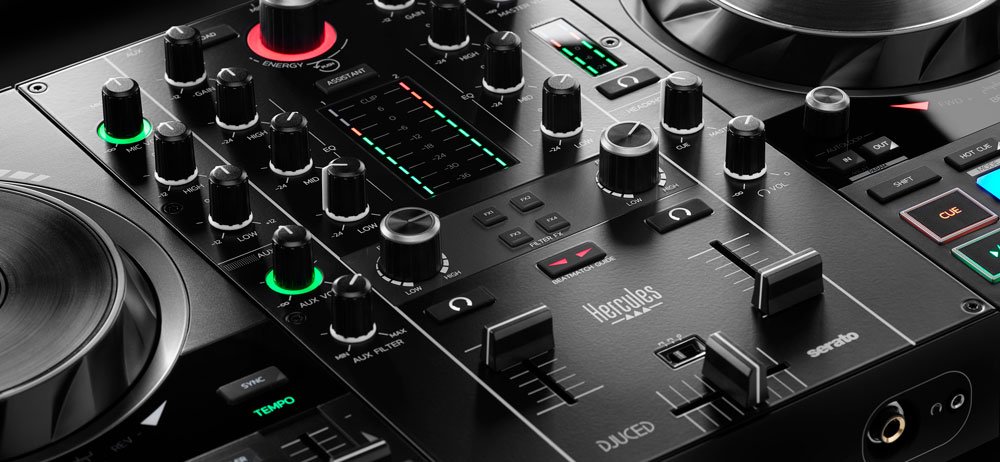
The Effects
The two large filter controls on the Inpulse 500 control a High/Low pass filter until the DJ selects one of the four effect buttons. These effect buttons sit inside the two knobs and remind us of the Mixer FX found on Traktor controllers.
The buttons change the filter knobs to control a given effect within Djuiced and Serato, with the exception being the FX4 button. When FX4 is activated, the knobs will change the beat divisions of the effects within Serato. A strange concept to grasp at first but preferable to having to use a mouse or keyboard.
Outputs
The right side of the mixer controls the outputs. In what is becoming a reoccurring theme of the Inpulse 500, the outputs outweigh expectation of an entry-level controller. The master features a separate VU meter and outputs through a line-level RCA. However, the controller also features a pair of unbalanced TS outputs, ideal for those with guitar amplifiers or audio interfaces!
DJ’s can also choose between two sizes (1/4 and 1/8th inch) of headphone output which is an option we wish more controllers would offer. With dedicated volume and cue control, the DJ can select the cue channels with a layout that mirror those used on more expensive DJ mixers.
Beat Match Guide
Arguably the most significant selling point of all the Hercules controllers is the beat match guide functionality. Each jog wheel and tempo fader features a set of small red LED arrows that light up. The lights inform the DJ that the track needs either speeding up or slowing down to match the master deck. Once the speed of the track match, the Tempo light turns green.
The jog wheel arrows illuminate to help indicate which direction the jog wheels need turning to align the beats. Once in time the Beat Align text illuminates green, showing the tracks are in time.
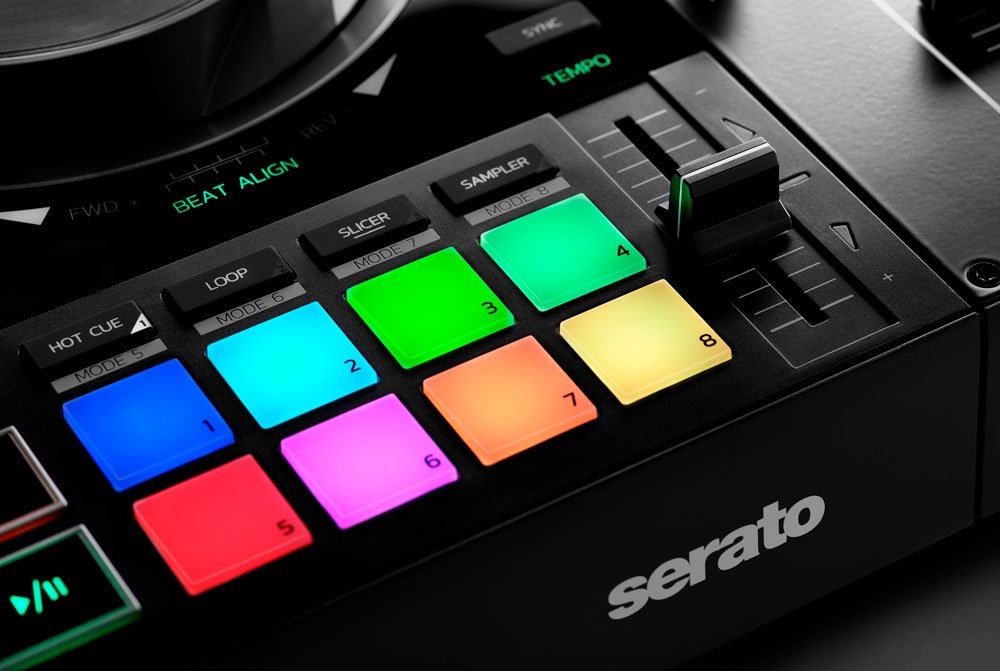
With the browse knob lighting up red on the first downbeat of a bar in Serato, DJ’s can combine these tools to aid mixing songs in perfect phrase and time. Once the DJ feels comfortable, they can disable the functionality with the button found in the centre of the controller. Even though it’s a feature exclusive to Hercules controllers, the beat match guide is available in both Djuiced and Serato.
Conclusion
In what has become a recurring theme in the review, the Inpulse 500 exceeds our expectations of an entry-level controller. The design offers features that DJ’s will appreciate more as they progress into more advanced techniques. The ability to mix external sources, toggle advanced features with dedicated buttons and stand up amongst more expensive hardware.
The Inpulse 500 is aiming to be the controller that DJ’s take to their first gigs. That said, the inclusion of the beat match guide and assistant, Hercules certainly hasn’t forgotten its beginner market. This controller is as focused on helping DJ’s learn the basics as it is at assisting them in developing advanced techniques.
This hybrid design does come with its drawbacks, however. The layout, although capable of controlling both Serato and Djuiced, is tailored towards the former. This choice has made for some compromises, primarily when used with Serato DJ Lite which only utilizes four performance pads and replaces the Roll and Slicer mode that Djuiced and Serato DJ Pro use. It’s a small detail but one that stops this controller being possibly the best Serato DJ Lite controller on the market. The advantage, however, is the choice of three fantastic software, a controller with premium features and a product that will last much further into a DJ’s career!
Learn to DJ on the Hercules Impulse 500!
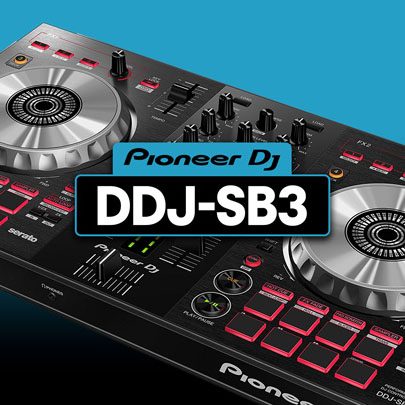
Pioneer DDJ SB3 DJ Course
3.75 hours
28 lessons
Beginner
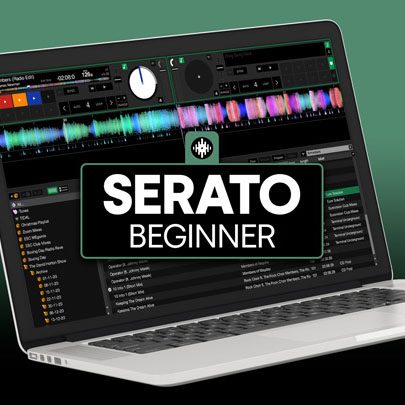
Serato DJ Course
3.5 hours
23 lessons
Beginner
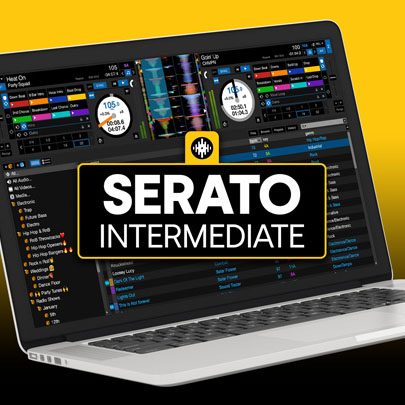
Serato DJ Course
8.5 hours
47 lessons
Intermediate
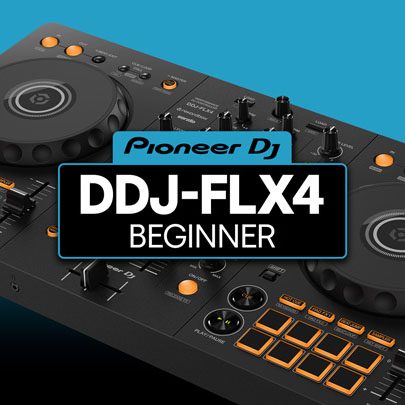
Pioneer DJ DDJ-FLX4 Course
7 hours
41 lessons
Beginner

Complete DJ Package
835 hours
1300+ lessons
Creative
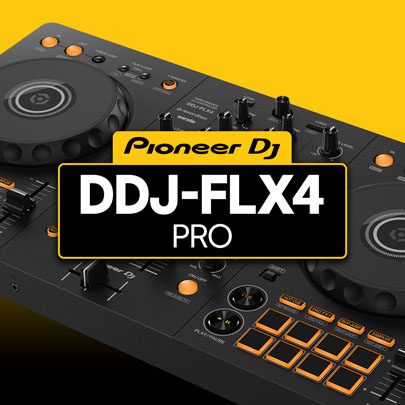
Pioneer DJ DDJ-FLX4 Pro Course
9.5 hours
49 lessons
Intermediate
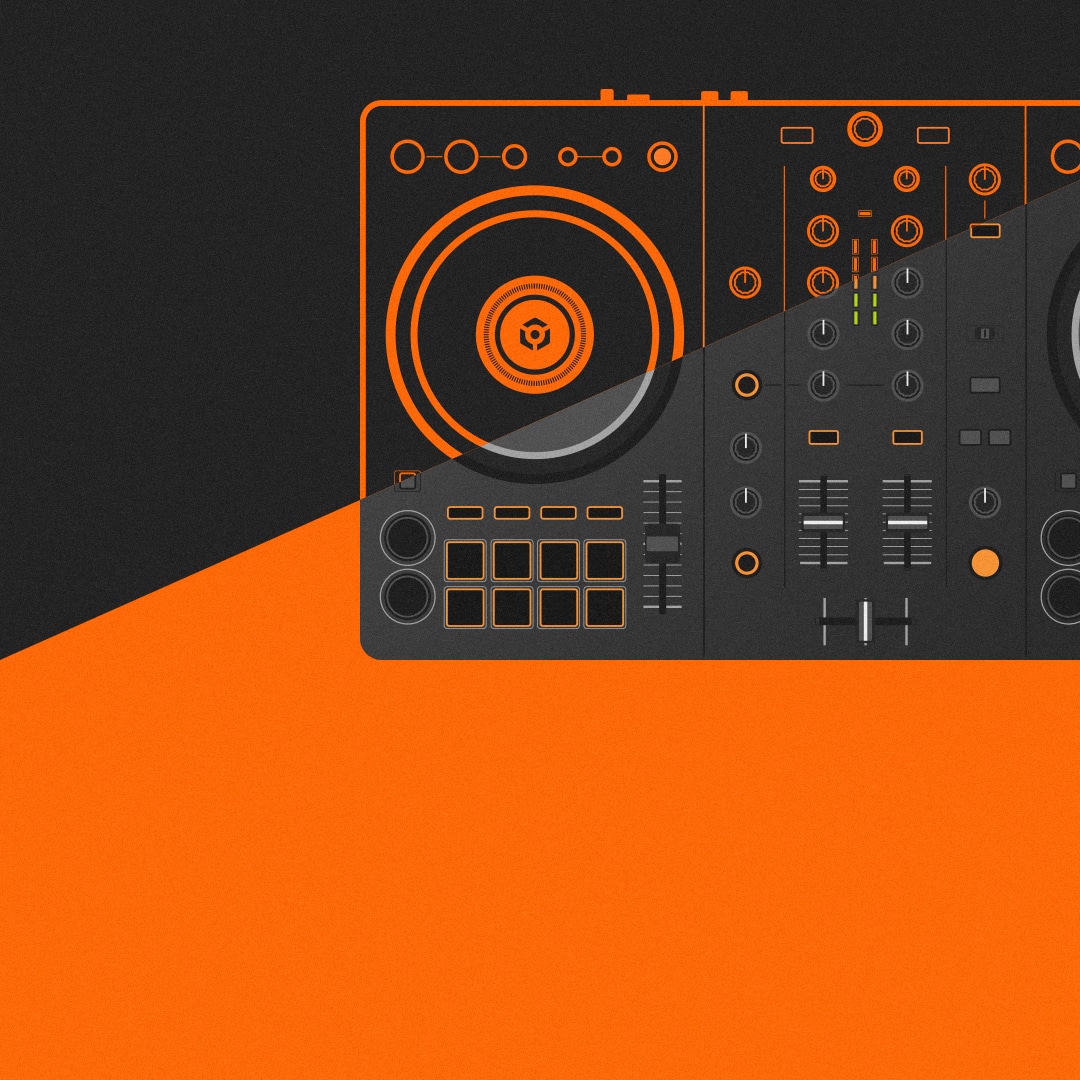
DDJ FLX4 Beginner To Pro Bundle
16.5 hours
90 lessons
Beginner
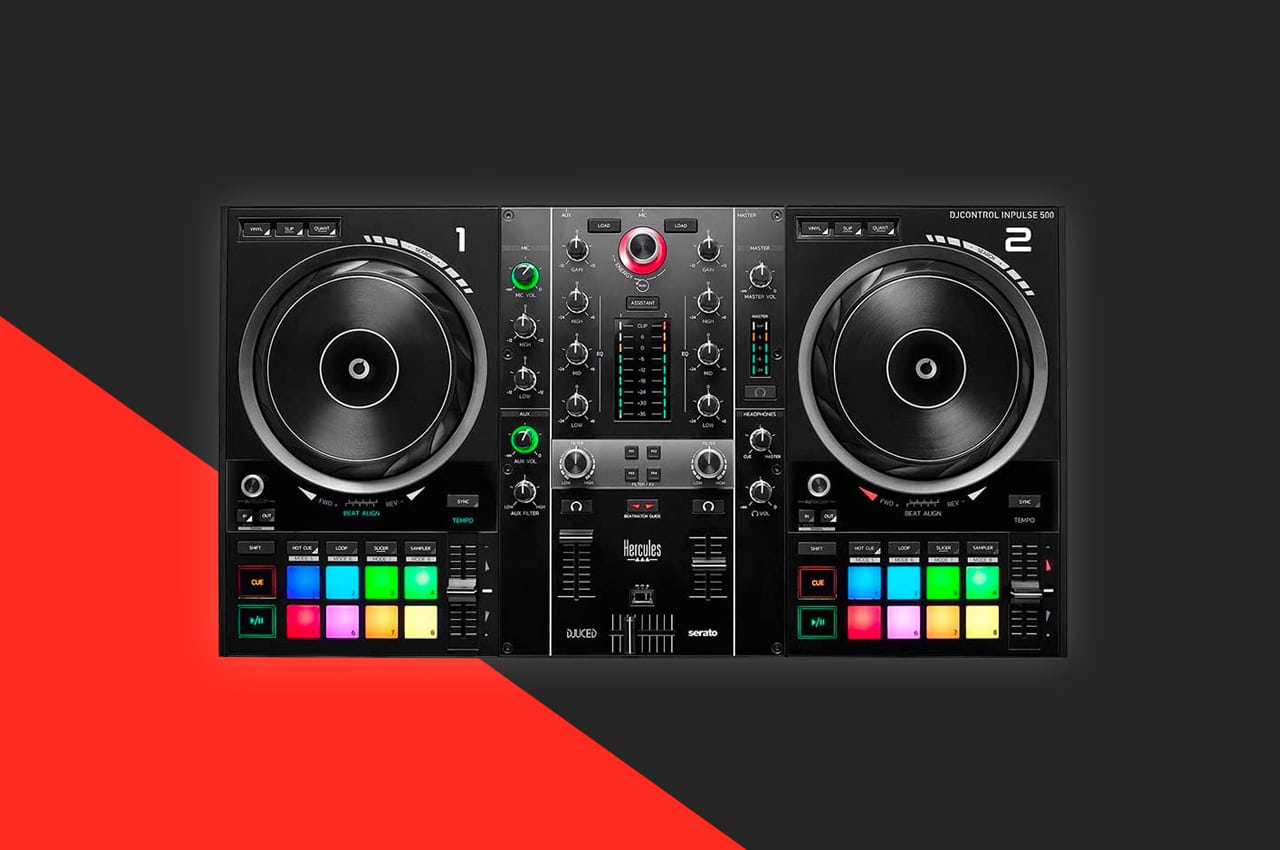

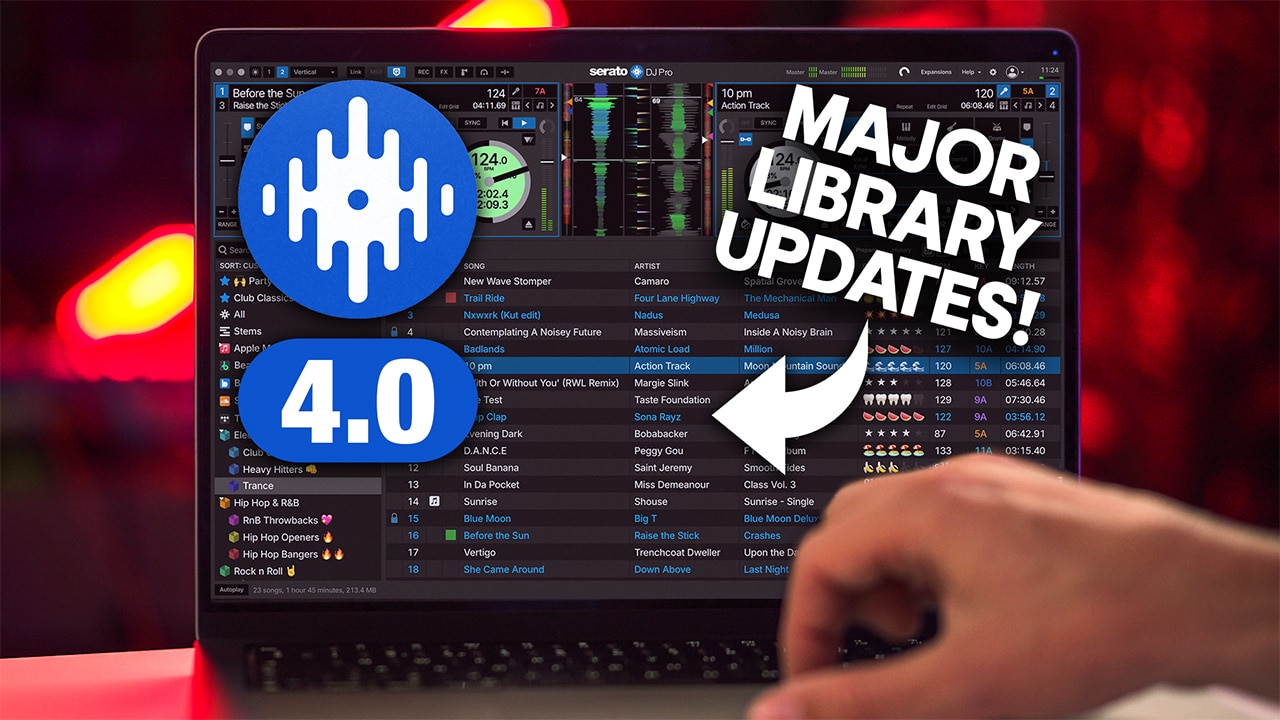

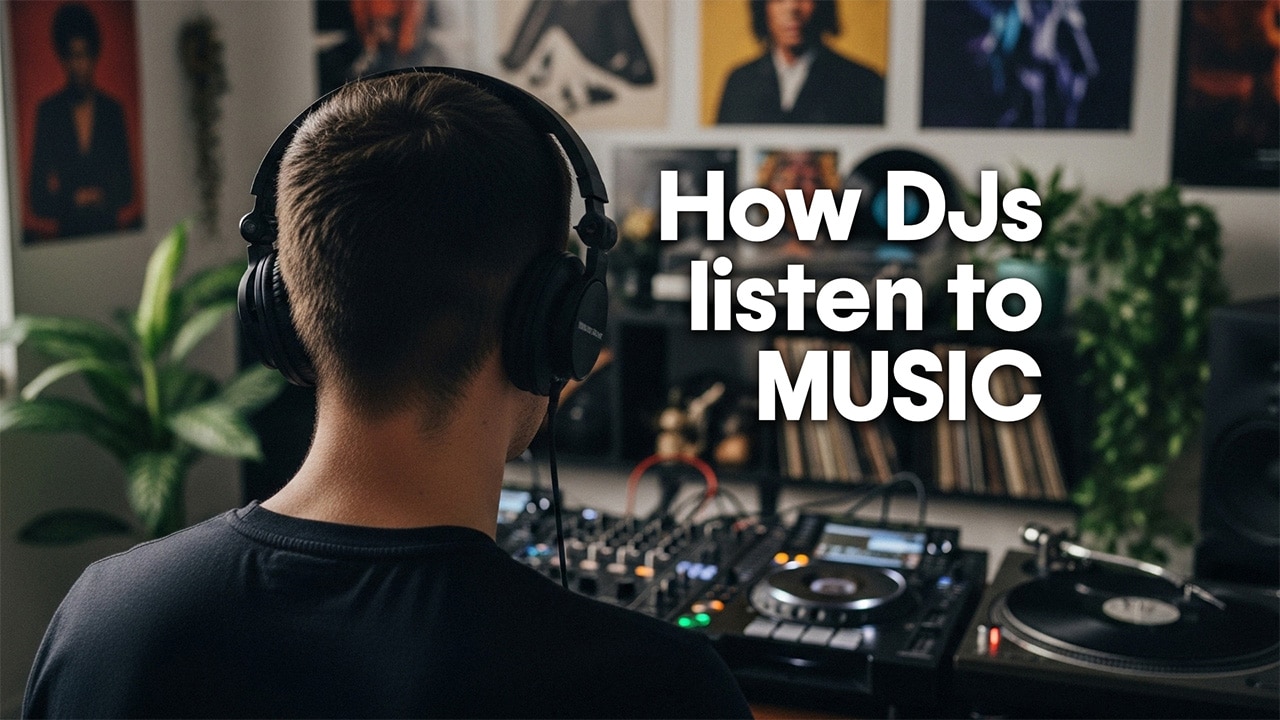
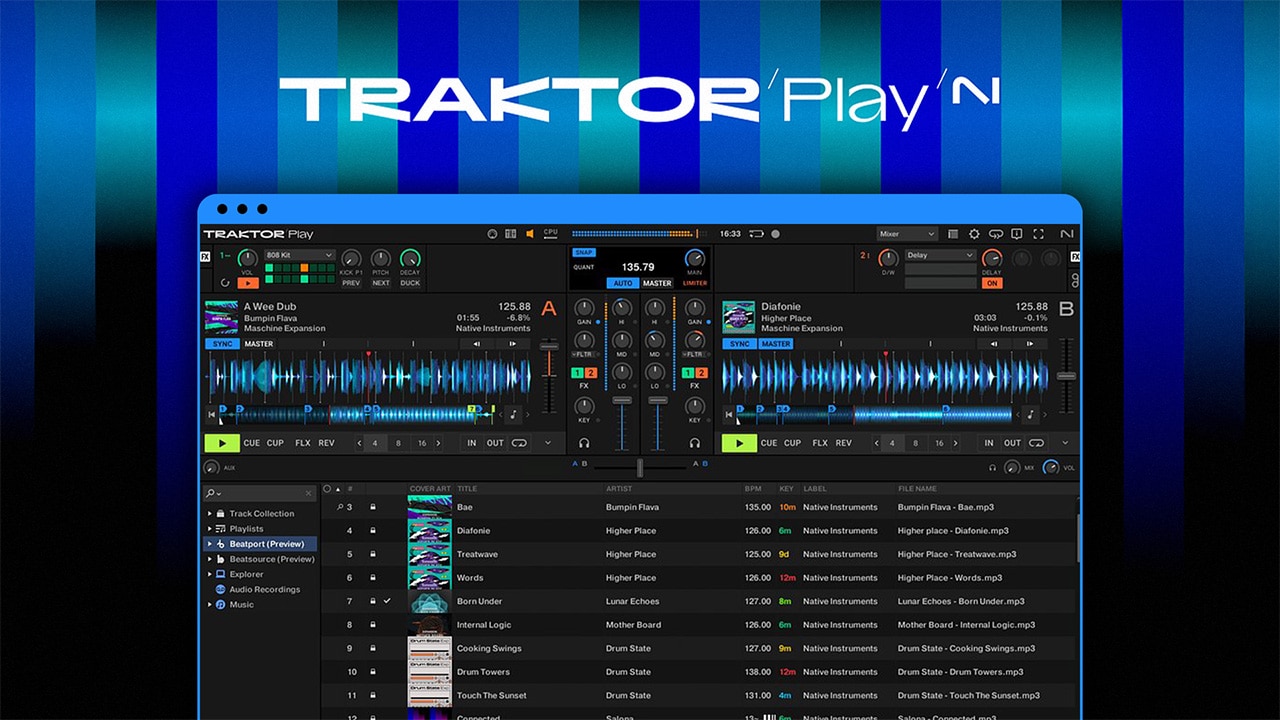
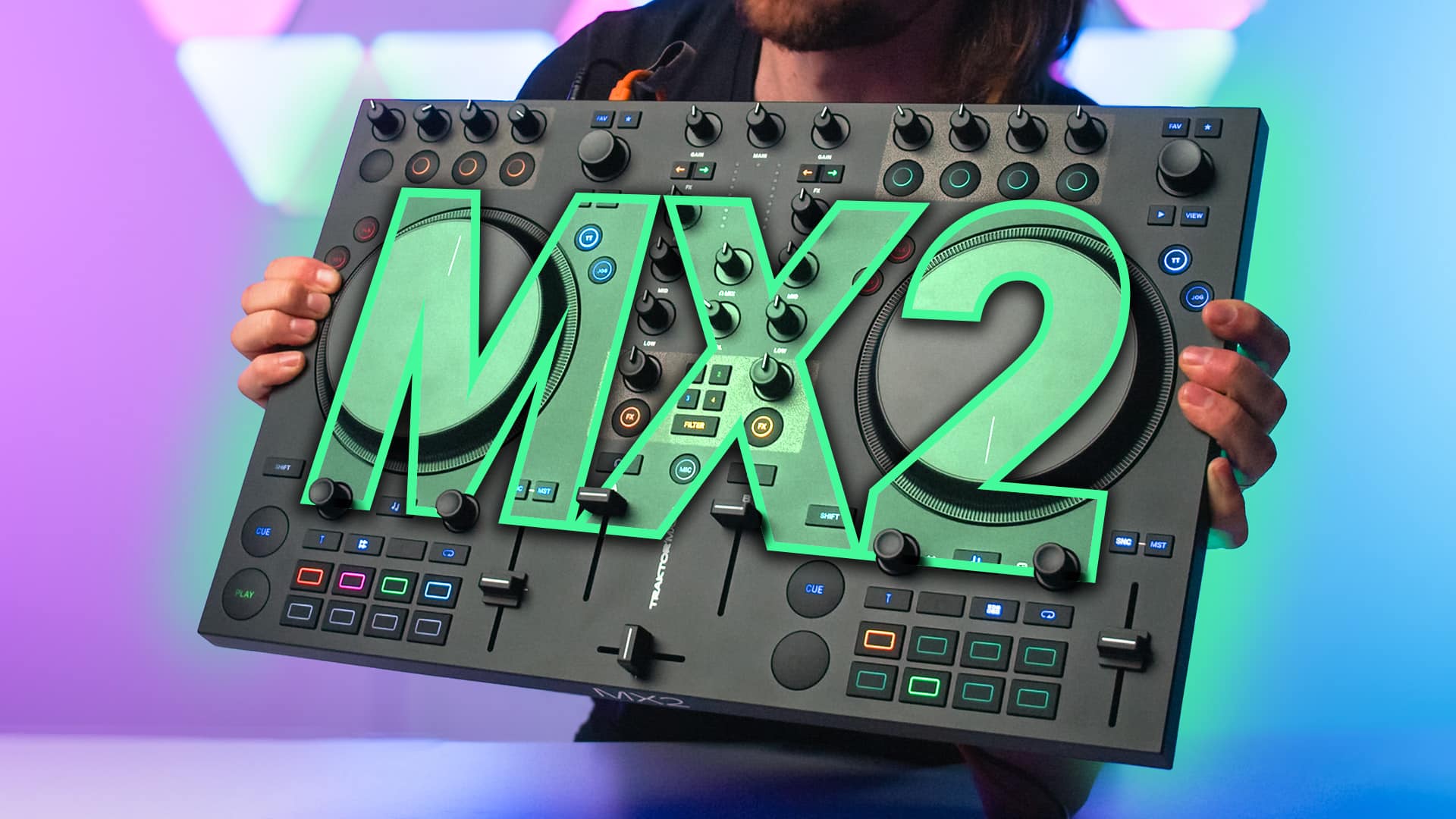
0 Comments
Trackbacks/Pingbacks